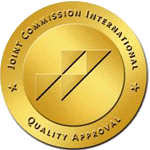Health School
School of health - an organizational form of education for the target population on the priority issues of health promotion and preservation.
The aim of the schools - to increase motivation and improve patients' compliance with medical recommendations, forming a partnership with the doctor in treatment, rehabilitation and prevention.
The idea of the patient's school - mutual responsibility of the patient and the medical staff, the culture of maintaining and improving health, the culture of communication, where you need not only conscientiously comply with all the requirements of the doctor, but also be an active participant in your rehabilitation, monitoring all the nuances of your own condition and promptly inform the attending doctor about the negative and positive changes in order to make corrections, and at the same time to develop skills of pre-hospital control over the disease.
Objectives: to form a correct view of the diseases, risk factors and conditions of progressive current, which will allow the patient to more clearly form an active life position of the patients themselves and their loved ones in the further process of recovery and to carry out a set of recommendations over a long period of time.
Classroom techniques. Presentations, video materials, visual aid, conversation, question-and-answer sessions, interactive communication, self-help training, motivational interviewing.
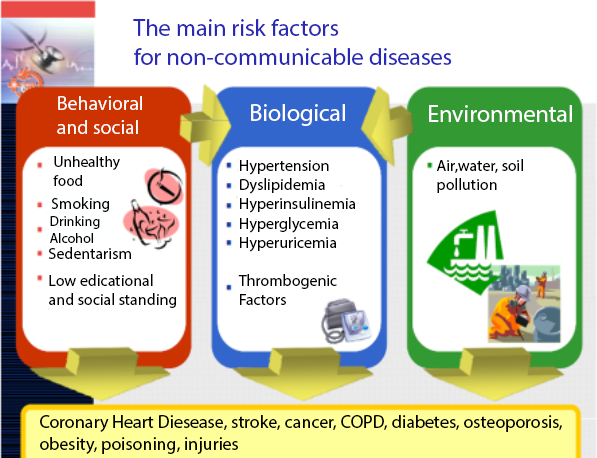
"Diabetes" School health
Relevance. Diabetes mellitus (hereinafter DM) - is one of the first non-communicable diseases, which prompted the UN in 2006 to adopt a resolution № 61/225, urging all countries to unite in the fight against diabetes.
In 15 years, the number of patients with diabetes has increased by 3.5 times in Kazakhstan. At the beginning of 2021 there were 382 thousand people on the dispensary registry, of which: 30 thousand patients with diabetes mellitus type 1, 352 thousand patients with diabetes mellitus type 2. The largest number of diabetic patients is in the working age of 40-59 years, which emphasizes the social importance of this problem.
The aim of the class - to inform students about diabetes, its types, complications such as hypo- and hyperglycemic state, hypoglycemic coma, diabetic foot, the damage of this pathology of a number of organs, which are called the target organs: arteries, heart, kidneys, brain, eyes; risk factors and prognosis of the disease; to develop skills in measuring blood sugar levels, keeping a diary of the patient,a proper diet of a person with diabetes.
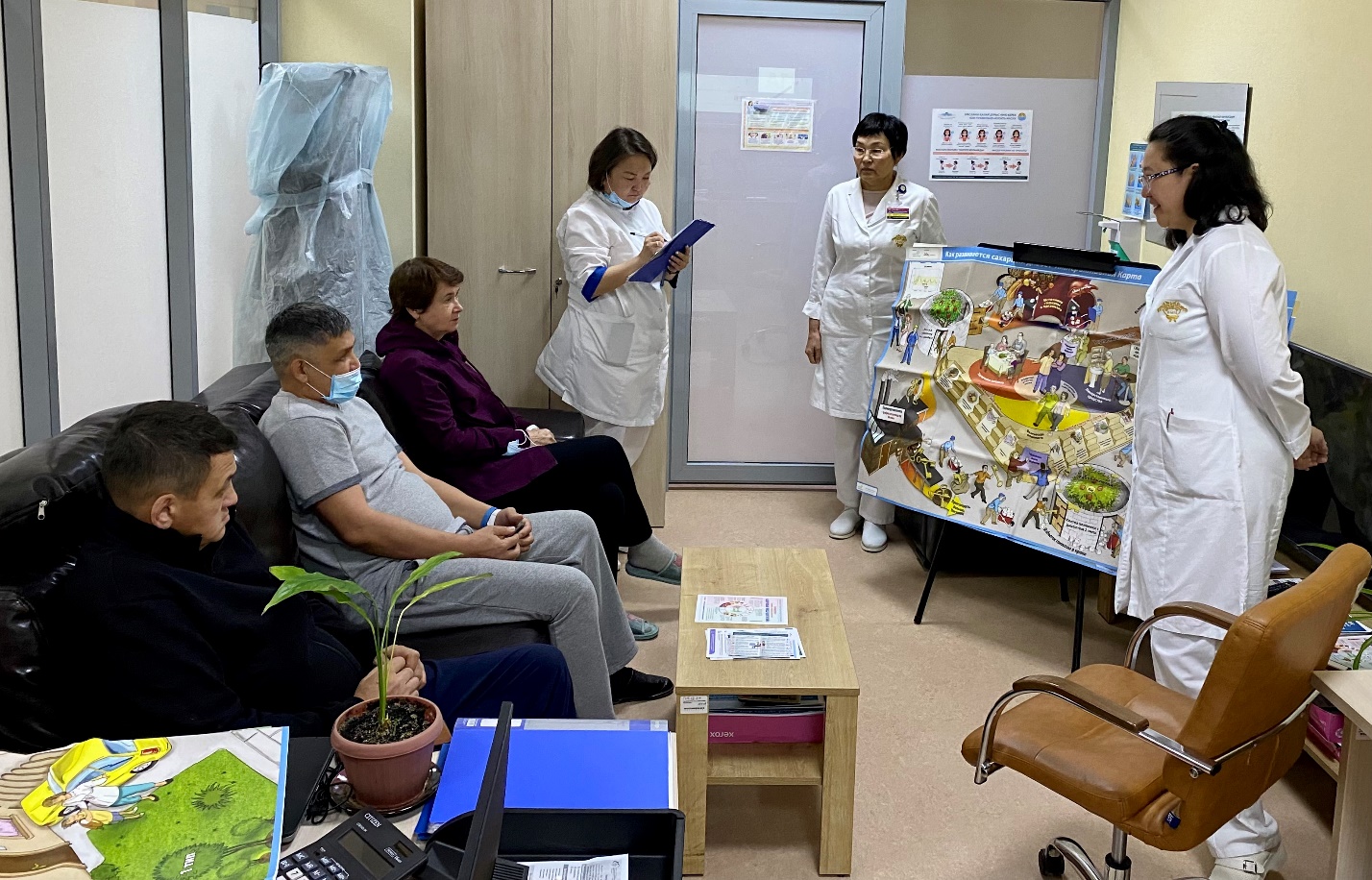
“Healthy Heart, Clean Vessels“ School
Relevance. WHO estimates that 40% of adults worldwide develop hypertension and that it causes more than nine million annual deaths. Each year there are 16 million premature deaths before the age of 70 from heart and lung disease, stroke, cancer and diabetes. Among people who die because of circulatory disease (hereafter, CD), 80% die from a heart attack or stroke, most of which could have been prevented by controlling major risk factors through lifestyle interventions and the use of drug therapy, if necessary
The aim of the class is to raise the awareness of patients with arterial hypertension and coronary heart disease about their diseases, risk factors (RF), complications and prevention; the formation of motivation to improve health, adherence to treatment and compliance with doctor’s recommendations; formation of abilities and skills for self-monitoring of the state of health, first aid in cases of exacerbations and crises, as well as to reduce the adverse effects of behavioral risk factors on patients’ health (diet, physical activity, stress management, giving up bad habits).


“Free Breathing” School of Health
Relevance. According to WHO estimates, 235 million people in the world suffer from asthma. According to official statistics in the Republic of Kazakhstan, the total number of patients with bronchial asthma per 100000 population was 63.7 in 2014 in 2013 - 56.3. Inferring from the data presented, there is an increase in patients with bronchial asthma. Of these, the largest share is accounted for by children aged 0-14 years and is 92.4 in 2014 and 75.2 in 2013, respectively.
The aim of the class - Informing patients about the causes and mechanisms of bronchial asthma, COPD, the nature of the course of the disease, treatment and prevention methods. Creating a partnership relationship between the doctor and the patient. To teach the patient to live with bronchial asthma, to be able to control its course. Keeping an asthma self-monitoring diary with the help of a peak flow meter.
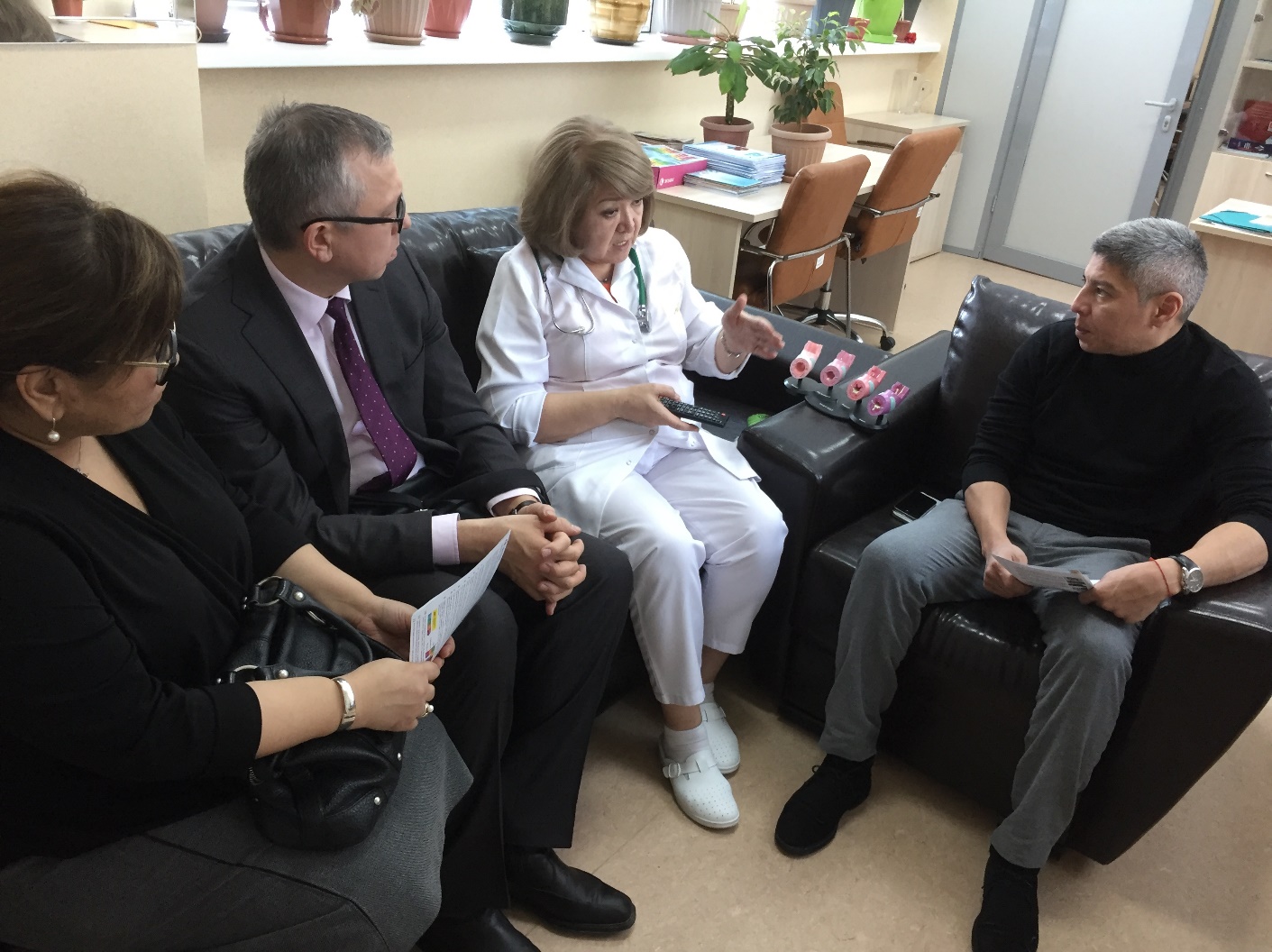
“Prevention of Behavioral Risk Factors“ School
Relevance.
The burden of non-communicable diseases (NCDs - diabetes, hypertension, cardiovascular diseases, cancer and respiratory diseases) is one of the most serious health problems. Diseases of the circulatory system account for the largest share of NCD mortality, killing about 18 million people each year.
The most common behavioral risk factors, such as unhealthy diet and physical inactivity, tend to manifest in most people with high blood pressure, upward changes in blood glucose and lipid levels, overweight and obesity, which in turn increase the risk of death from chronic non-communicable diseases.
The aim of the class - to provide interventions to prevent and develop the ability of patients to take purposeful action to overcome behavioral risk factors for disease development, to teach the population the skills to live a healthy lifestyle, to develop patients' responsibility for their health and commitment to follow doctor's recommendations.
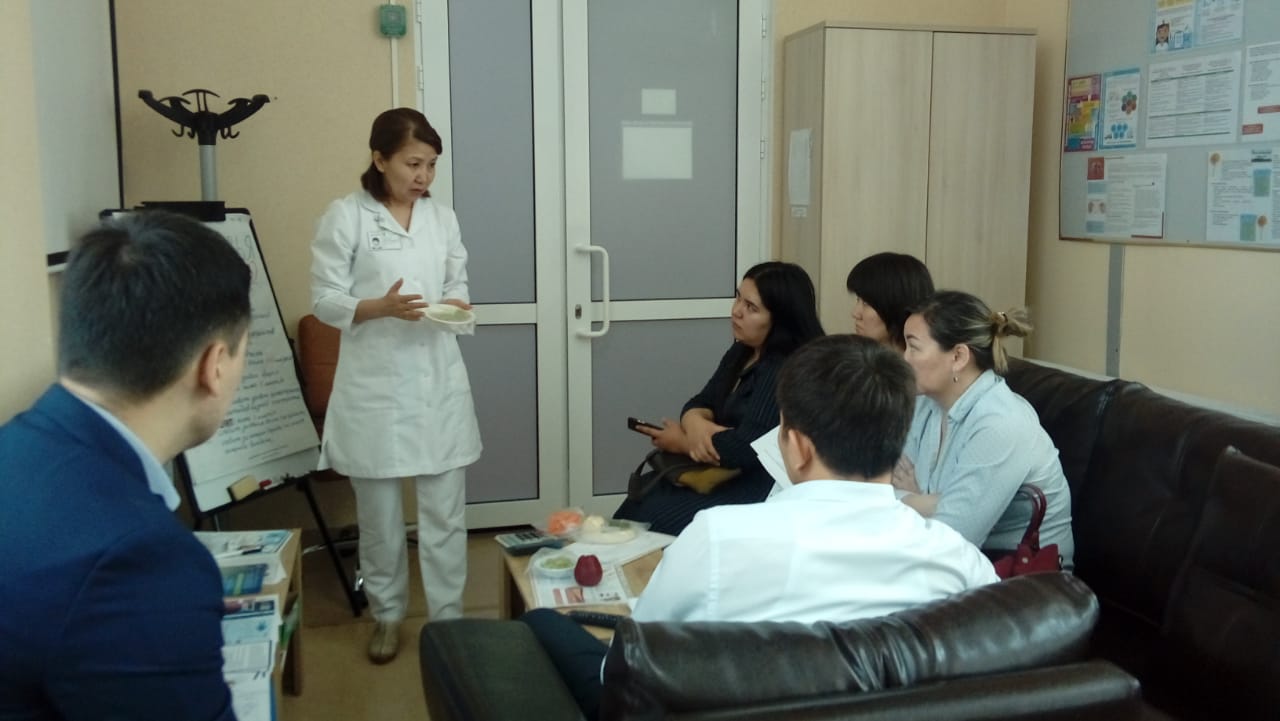
“Family Planning“ School
Relevance. According to the World Health Organization, there are about 48 million couples in the world who cannot have children.
Family planning is a set of educational, medical and social activities aimed at proper preparation for conception and the birth of a healthy child. Modern family planning methods include birth control, assisted reproductive technologies and family planning programs.
The aim of the class: to raise awareness among young people about modern family planning rules, including contraception methods; to teach them to determine the intervals between births, to correctly choose and use safe methods of contraception and infertility treatment.
Health Schools Schedule
|
School of Health |
Date and time |
People responsible for the Schools of Health |
||||
|
Monday |
Tuesday |
Wednesday |
Thursday |
Friday |
||
|
“Prevention of Behavioral Risk Factors“ |
08.30 -15.00 daily |
Doctors-methodologists of the Center for Health and Social Welfare |
||||
|
“Healthy Heart, Clean Vessels.“ |
14.00-14.30 |
15.00-15.30 |
Cardiologists, therapists |
|||
|
“Free Breathing.“ |
15.00-15.30 |
14.00-14.30 |
Pulmonologist, internists |
|||
|
“School of Diabetes.“ |
15.00-15.30 |
14.00-14.30 |
Endocrinologists |
|||
|
“Family Planning!“ |
14.00-14.30 |
15.00-15.30 |
Gynecologists |
|||
Location of the Health Schools: Center for Health Promotion
Block C2 (3rd floor), room 1A,
Telephone: 70-80-35

